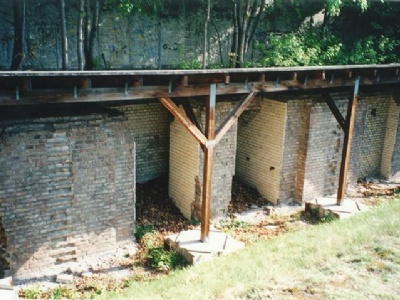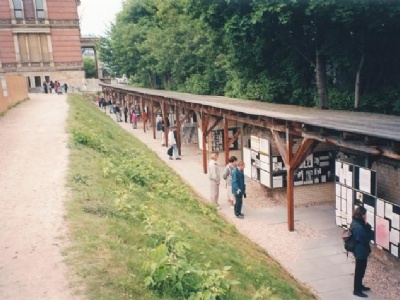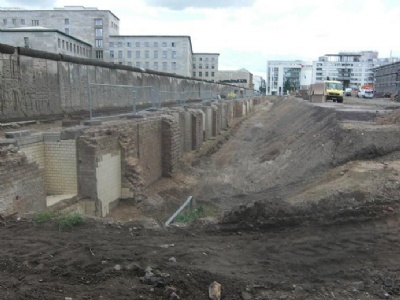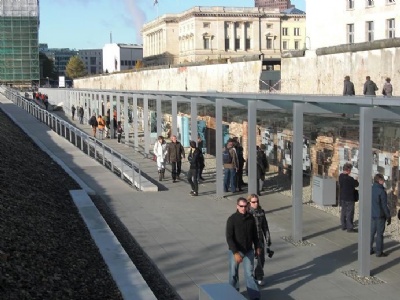Prinz Albrecht Strasse
In 1933, Hitler appointed Hermann Goering as president of Prussia, and at the same time head of Prussia’s police, which had its headquarters in Rote Burg at Alexanderplatz. In the same month, Goering created his own political police which he named Gestapa, Geheime Statspolizeiamt, shortened GPA. Goering’s role model was the Soviet Security Police GPU, but since this abbreviation was far too similar to the GPU. Therefore, Gestapa changed its name to Gestapo (Gehieme Statpolizei). Gestapo became Goering’s own secret political police and independent from the interior ministry. To clarify that Gestapo was independent from both the Prussian police and the interior ministry, Goering moved in May 1933 the Gestapo to a building on Prinz Albrecht Strasse. However, some of the Gestapo subdivisions were relocated elsewhere in Berlin. In the spring of 1934, Goering felt threatened by the SA increasing desire for power. Goering then allied himself with Himmler and his SS who also had grown strong. Goering appointed Himmler deputy chief and inspector of Prussia’s Secret Police (Gestapo) in April 1934, but in reality Himmler was its chief.
At the outbreak of the war, the Gestapo became a division of the Reich Central Security Agency. The head of the Gestapo was lawyer Heinrich Müller who before 1933 worked within the state of Bavaria’s political police where he led legal cases against Nazis. After Hitler’s accession to power, he served in SD where his skills and loyalty meant that he was promoted at a rapid pace. His knowledge of the Soviet security service’s methods made him indispensable. Between 1939 and 1945 he was the head of the Gestapo and went by the name of Gestapo-Müller. He was one of the most feared people both inside and outside Germany. As head of the Gestapo, he was responsible for everything that was doen on the name of Gestapo. He disappeared in May 1945 and has never been officially found or identified and it may well be that his body was never found. The headquarters was heavily bombed at the end of the war and never rebuilt cause its strong Gestapo connection.
Current status: Demolished with museum (2010).
Address: Niederkirchnerstrasse 8, 10963 Berlin.
Get there: Metro to Potsdamer Platz Station.
Follow up in books: Höhne, Heinz: The Order of the Death’s Head: The story of Hitler’s SS (1969).





In 1956, the ruins were blown up due to the building’s less glorious history but nothing was built on its former grounds, but in the early eighties it began to be cleaned up. The excavations of the site itself lasted for more than twenty years and has therefore been called somewhat viciously the Pompeii of Nazism. The basement prison cells have been uncovered and is now parto of the exhibition, Topographie des terror. The design of the museum had also been preceded by an equally long and drawn-out history when it was finally completed in 2010. The Gestapo has become a concept so strongly associated with Nazism that we often talk about it as the highest police insitution in Nazi Germany. But this is incorrect, in reality the Gestapo had a subordinate role or had neither more nor less power than any other department within Reich Central Security Agency (RSHA). RSHA was in turn one of several departments within the SS organization. The posterity has given the Gestapo more power and influence than it ever could have wished for during its heydays.